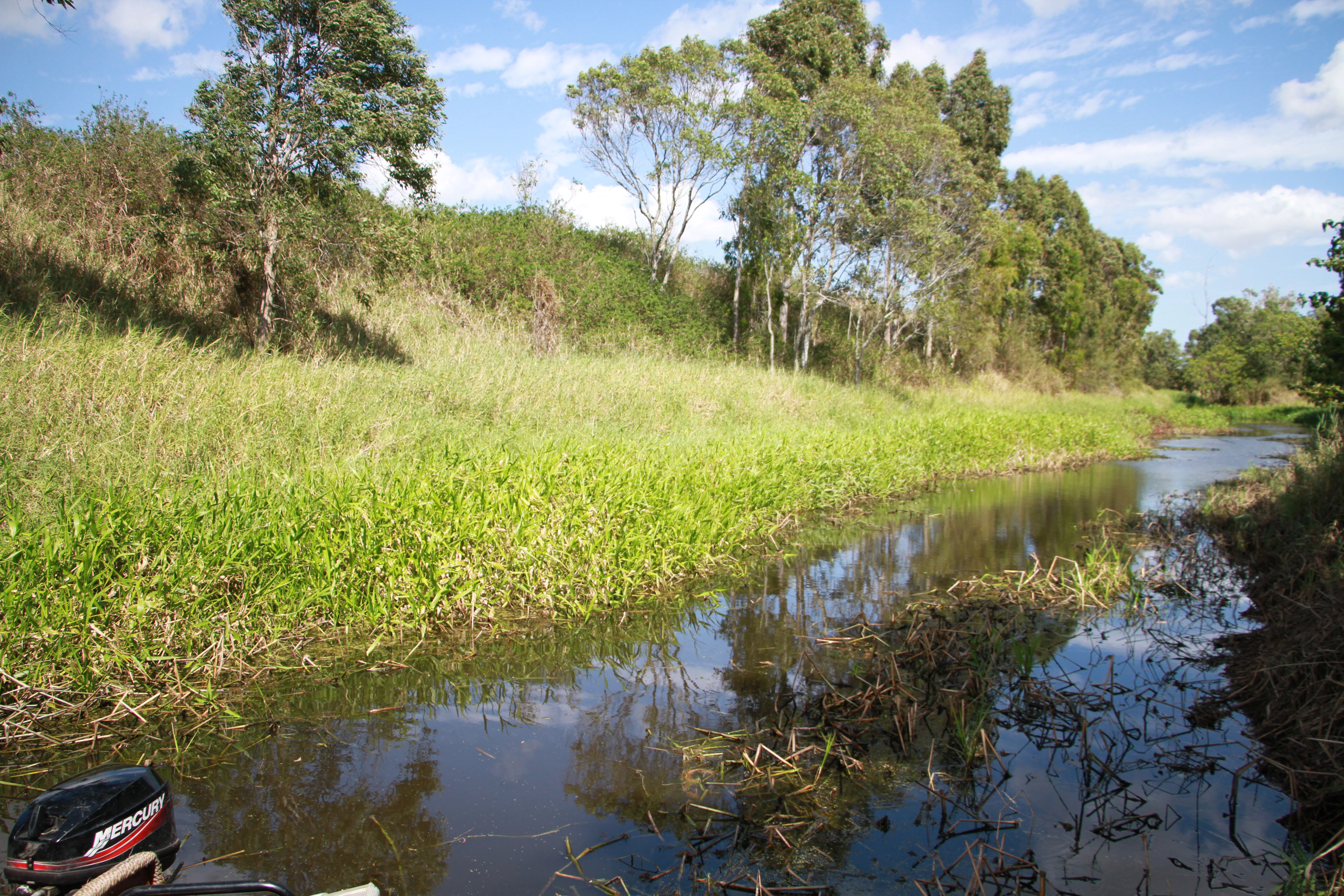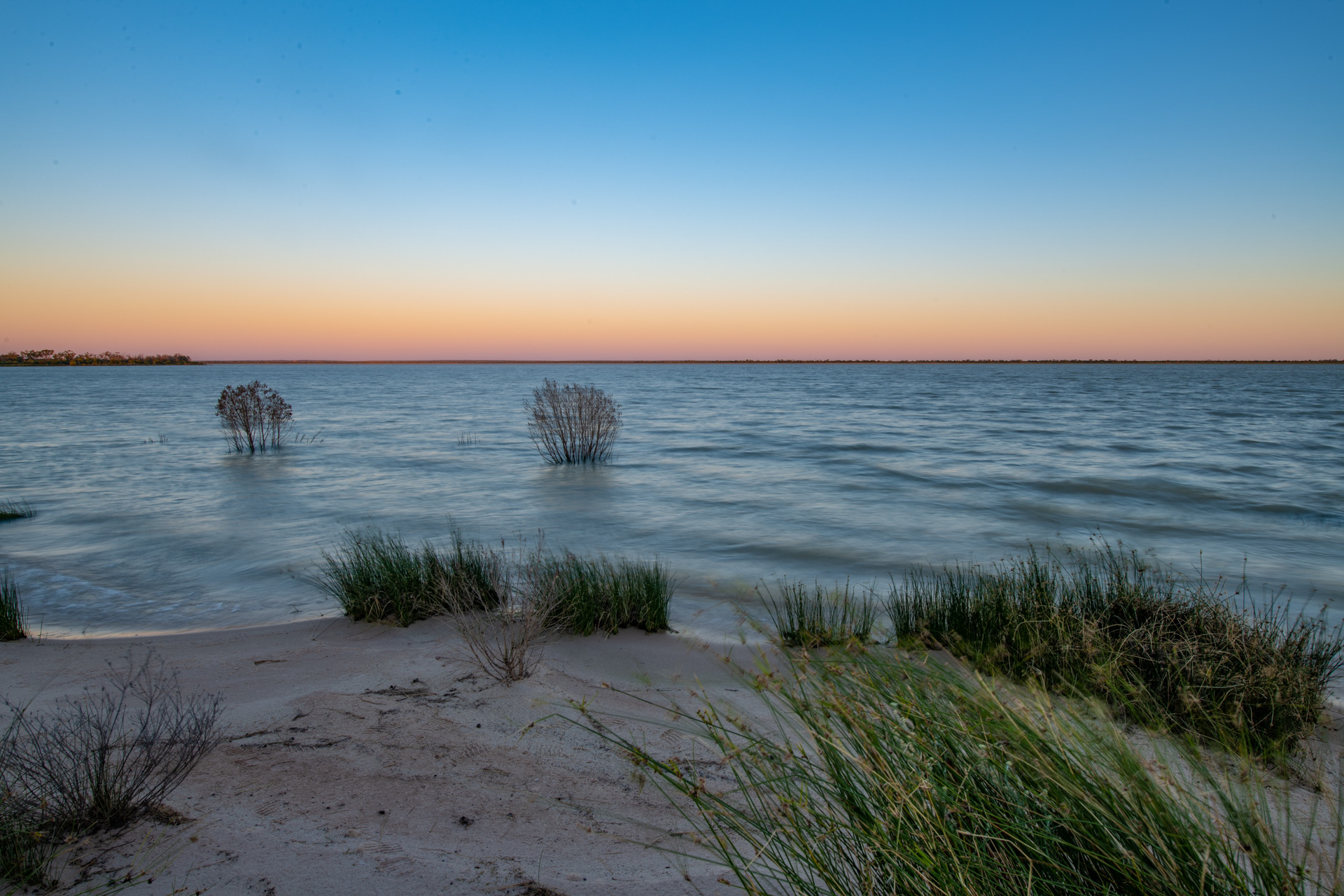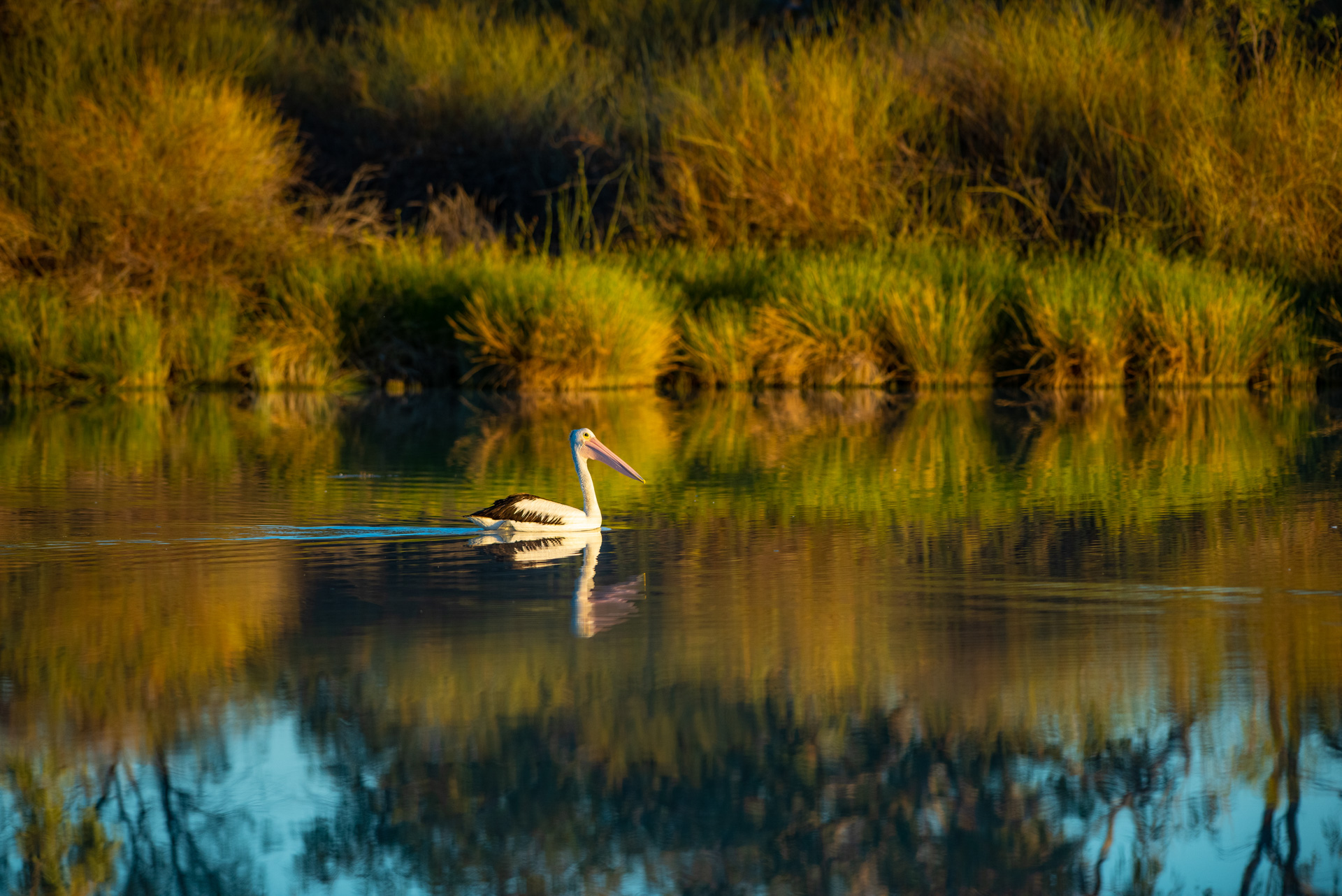|
|
WetlandUpdate June 2024Wide Bay-Burnett Great Barrier Reef Connecting Catchments Aquatic Conservation Assessment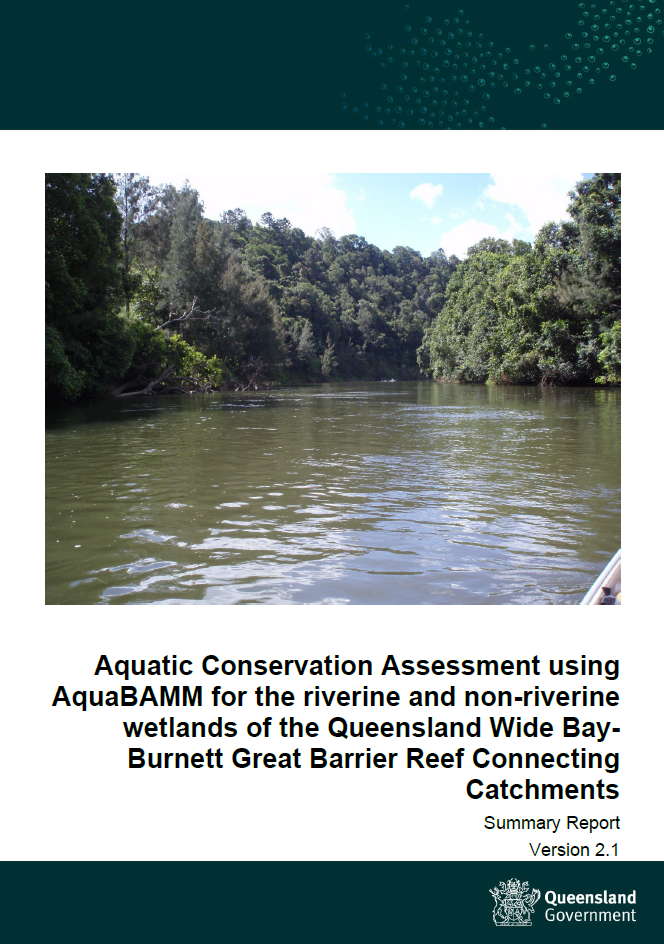 Updated Aquatic Conservation Assessments (ACAs) are available for the riverine and non-riverine (i.e. palustrine and lacustrine) freshwater wetlands for six catchments in the Wide Bay-Burnett Great Barrier Reef Connecting Catchments. The results for the Baffle catchment supersede the results in the assessments done for the Baffle as part of the Great Barrier Reef Catchments Riverine ACA (v1.1), Great Barrier Reef Catchments Non-riverine ACA (v1.3), and Burnett River ACA (v1.1). View the Wide Bay-Burnett Great Barrier Reef Connecting Catchments Summary Report, Flora, Fauna and Ecology Expert Panel Report and Information Sheet. The riverine and non-riverine data and reporting (information on specific environmental values, by location) may be accessed through WetlandMaps. Information on specific environmental values, by location, is also available via Environmental reports online. For further information on AquaBAMM and the ACA results email biodiversity.planning♲des.qld.gov.au.
Invasive Aquatic Pasture GrassesThese pages describe the ecology of Olive hymenachne, para grass, and Aleman grass, together with information on their impacts on wetlands and methods for rehabilitation. Invasive aquatic pasture grasses can drastically alter the structure, composition and processes of wetlands and riparian zones.
Mechanical fishwaysThe Mechanical Fishways page contains information on fish lifts, fish locks and other mechanical fishways, how they operate and how they are maintained. Role of markets in the environmentThe Role of markets in the environment page forms part of valuing ecosystem services/values under a Whole of System, Values Based Framework. The page refers to how economics deals with environmental systems and allocates resources. It follows on from the information available on the Economic valuation of ecosystem services page.
Coombabah Catchment StoryA catchment story for the Coombabah Sub-Catchment has been added to the Northern Gold Coast Catchment Story. The catchment story integrates spatial information, photographs, animations and an informative narrative to demonstrate the features of Coombabah and it's surrounding catchment. It synthesises information from studies of sediment, vegetation, benthic fauna, water quality, tidal processes and bathymetry. This information provides a better understanding of how the lake and surrounds has changed over time.
Ecology pages - Waves and Water CurrentsTwo ecology pages have been added to the Processes section, to assist with identifying, understanding and quantifying the components and processes of wetlands as part of the Whole-of-System, Values-Based Framework:
Mangrove and Associated Communities of Moreton Bay viewer updatedThe Mangroves and associated communities of Moreton Bay swipe-map viewer has been updated with new reports for each mangrove community, updated links and other functionality improvements. 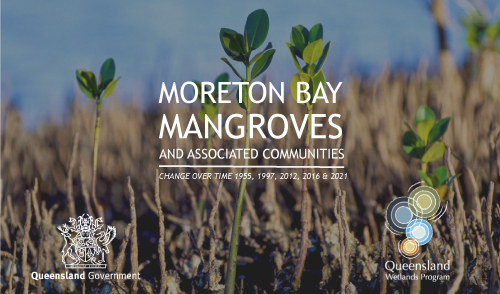
Monitoring guidelines to quantify nitrogen removal in vegetated water treatment systemsThis document provides guidance on designing water monitoring programs to calculate nitrogen removal by vegetated water treatment systems. The target audience is researchers, natural resource managers and land managers interested in monitoring vegetated water treatment systems to assess water quality improvement. New FactsheetsUpdatesUpdated layers on WetlandSummaryPrograms, Policy and Legislation pagesReviewed and updated content to maintain accuracy and relevance. Assessment Toolbox Methods
Additional links

WetlandUpdateThe WetlandUpdate is a regular bulletin sent to subscribers to provide you with the latest WetlandInfo resources and tools, as well as case studies, video information and new project fact sheets. WetlandInfo feedback and improvementsContact us via email for feedback, information or questions about wetlands. WetlandInfo feature speciesThe feature species for June is the Australian Pelican (Pelecanus conspicillatus). The Australian Pelican is a large waterbird in the family Pelecanidae and a medium sized pelican. Australian Pelicans are widespread on both inland and coastal waters in Australia, New Guinea, Fiji and parts of Indonesia. The Australian Pelican is an easily recognisable bird with it's long bill - the longest bill of any living bird. They are predominately white, with black wings and a pink bill, a wingspan of 2.3 - 2.6 metres and can weigh between 4 to 14 kilograms. Australian pelicans occur in large waterbodies without dense aquatic vegetation, and generally follow the availability of food supplies, moving from areas of low food availability to areas that are booming (for example, from the coast to inland waterbodies of the Lake Eyre basin). Australian pelicans feed by plunge-diving while swimming on the surface of the water, and also work in groups to drive prey movements. They predominately feed on fish, but also eat insects, aquatic crustaceans, and sometimes other birds (including smaller pelicans). Breeding occurs anytime after rainfall in inland areas. They nest on shallow depressions in the earth or sand and lay two to four white eggs. The eggs incubate for 32-35 days and the young birds fledge at around 3 months of age. Additional informationThis section is updated regularly, so stay tuned for more! Last updated: 24 June 2024 This page should be cited as: Department of Environment, Science and Innovation, Queensland (2024) WetlandUpdate June 2024, WetlandInfo website, accessed 8 May 2025. Available at: https://wetlandinfo.des.qld.gov.au/wetlands/resources/publications/latest-news/2024-06-06.html |

 — Department of the Environment, Tourism, Science and Innovation
— Department of the Environment, Tourism, Science and Innovation

